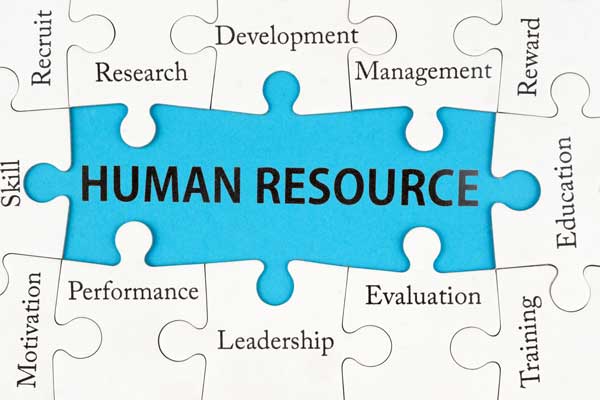Knowledge Management, (KM) is a concept and a term that arose approximately two decades
ago, roughly in 1990. Quite simply one might say that it means organizing an organization's
information and knowledge holistically, but that sounds a bit wooly, and surprisingly enough,
even though it sounds overbroad, it is not the whole picture. Very early on in the KM
movement, Davenport (1994) offered the still widely quoted definition:
"Knowledge management is the process of capturing, distributing, and effectively using
knowledge."
This definition has the virtue of being simple, stark, and to the point. A few years later, the
Gartner Group created another second definition of KM, which is perhaps the most frequently
cited one (Duhon, 1998):
"Knowledge management is a discipline that promotes an integrated approach to identifying,
capturing, evaluating, retrieving, and sharing all of an enterprise's information assets. These
assets may include databases, documents, policies, procedures, and previously un-captured
expertise and experience in individual workers."
Both definitions share a very organizational, a very corporate orientation. KM, historically at
least, is primarily about managing the knowledge of and in organizations.
The operational origin of KM, as the term is understood today, arose within the consulting
community and from there the principles of KM were rather rapidly spread by the consulting
organizations to other disciplines. The consulting firms quickly realized the potential of the
Intranet flavor of the Internet for linking together their own geographically dispersed and
knowledge-based organizations. Once having gained expertise in how to take advantage of
intranets to connect across their organizations and to share and manage information and
knowledge, they then understood that the expertise they had gained was a product that could
be sold to other organizations. A new product of course needed a name, and the name chosen
or at least arrived at, was Knowledge Management. The timing was propitious, as the enthusiasm for intellectual capital in the 1980s, had primed the pump for the recognition of
information and knowledge as essential assets for any organization.
Post Views: 4,131




